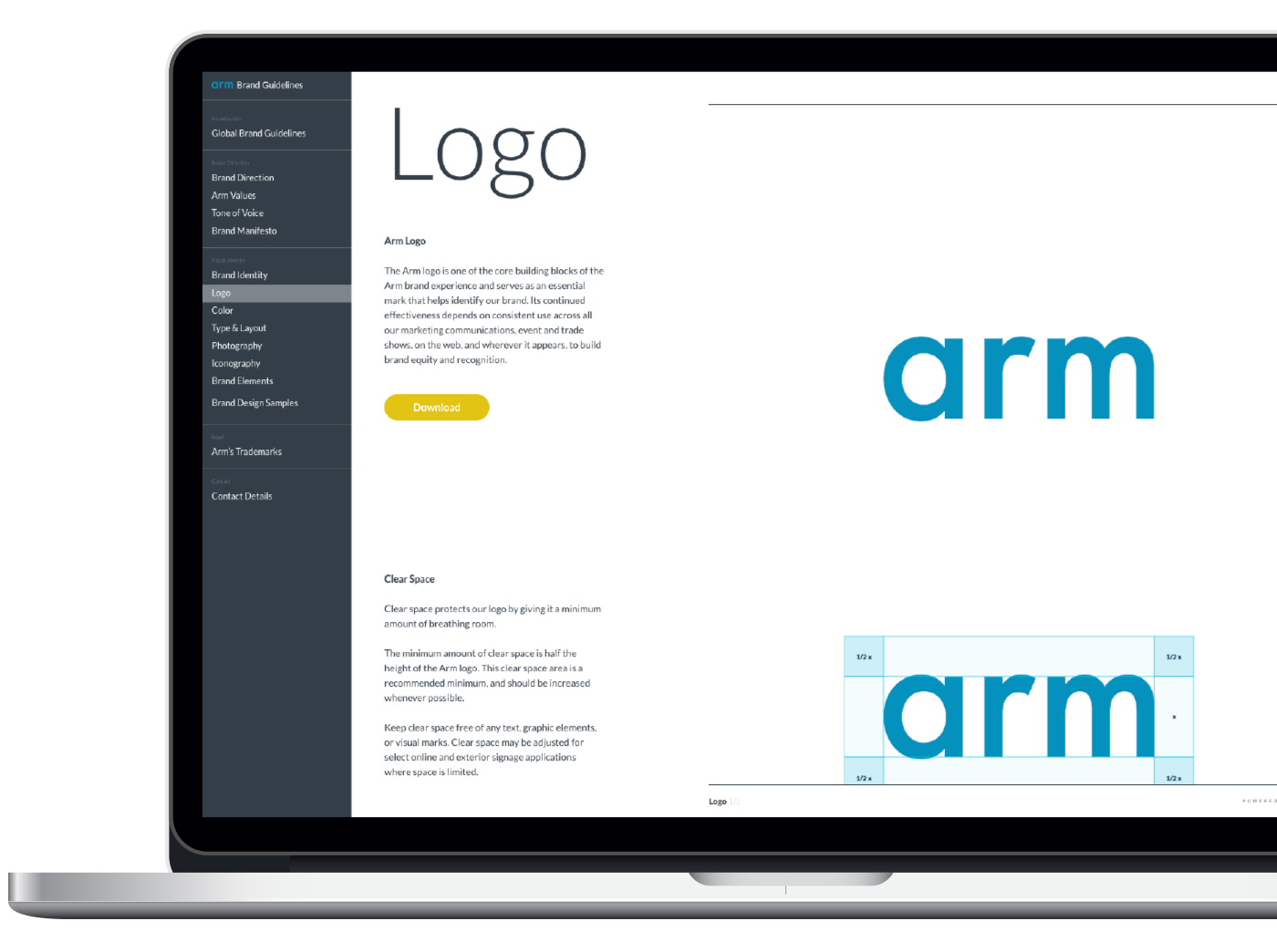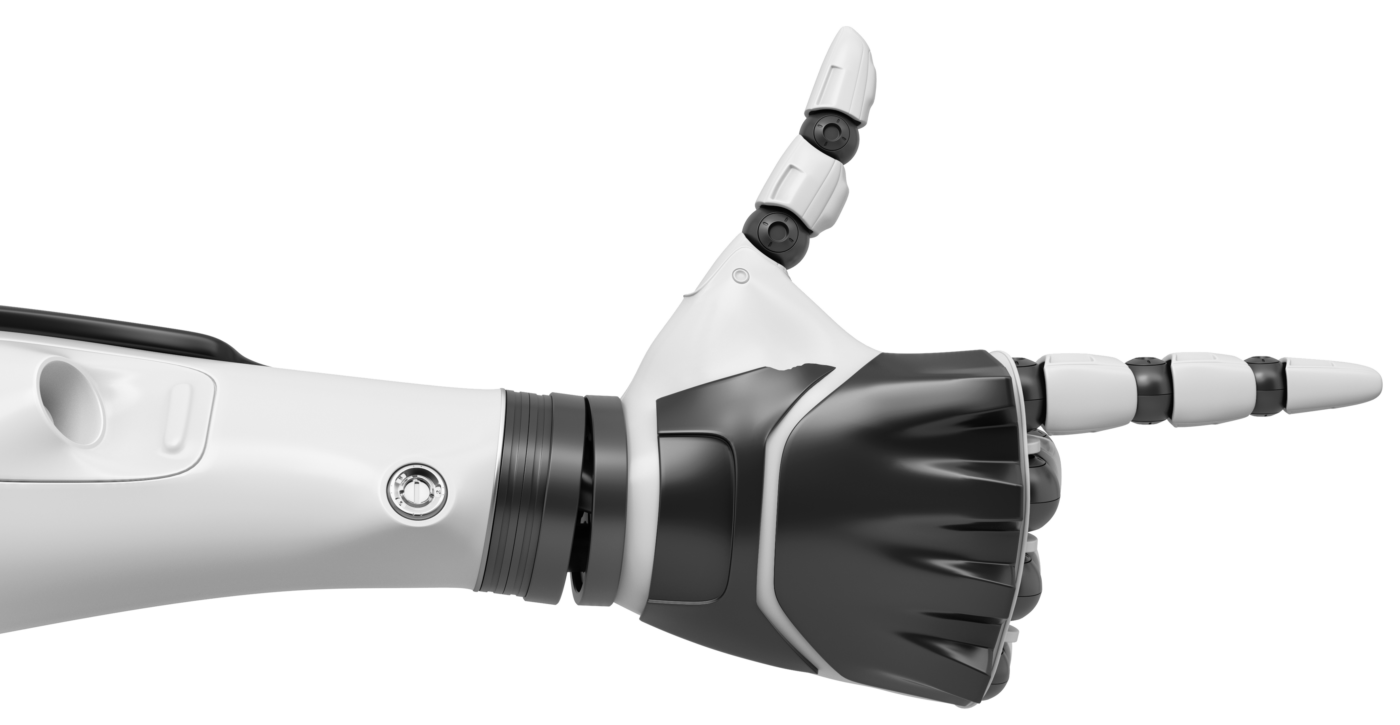What Arm Unlocked 2025 revealed about the future of AI computing

It’s one thing to talk about collaboration. It’s another to watch it take shape in real time.
2025 marked the first Arm Unlocked event series, bringing together OEMs, silicon partners, and developers from around the world. Designed as more than a conference, each Unlocked event, spanning Shanghai, Shenzhen, Seoul, Taipei and Tokyo, created a space for open collaboration on the technologies, partnerships, and standards shaping the future of AI and compute. From edge and physical AI to cloud AI, every discussion pointed toward the same idea: AI’s future depends on a unified, efficient compute platform — and that platform is being built on Arm.
Shanghai: Setting a direction for a unified compute platform
Shanghai set the tone for the entire Arm Unlocked 2025 with the launch of the Arm Lumex Compute Subsystems (CSS) platform, which combines the Arm C1 CPU Cluster integrated with Arm Scalable Matrix Extension 2 (SME2) and Arm Mali G1-Ultra GPU to deliver the performance and efficiency the performance and efficiency modern AI demands across mobile, PC, and other consumer devices.
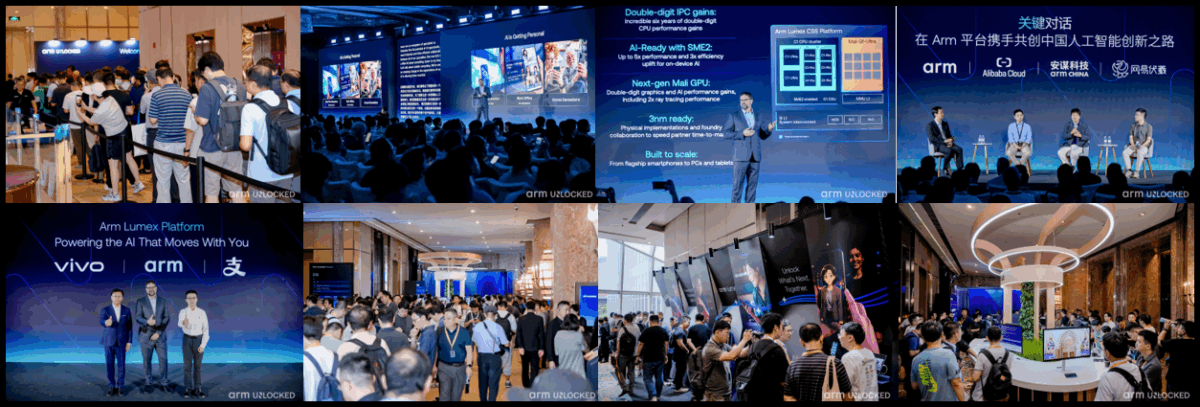
Meanwhile, other discussions focused on how to make AI practical, combining Arm CPU, GPU, and NPU pipelines with SME2 and Arm KleidiAI, to simplify development and speed deployment.
The themes extended beyond consumer devices too, with Shanghai highlighting how a unified compute approach can accelerate innovation across every domain. Automotive sessions focused on Arm Zena CSS, a standardized, pre-integrated, and pre-validated platform featuring the latest Armv9 Automotive Enhanced (AE) technologies. Meanwhile, cloud and edge AI sessions highlighted how unified compute is improving efficiency and scalability across industries.
Seoul: Scaling AI platforms through collaboration
If Shanghai defined the vision, Seoul showed how to deliver it at scale. The event highlighted how the Arm compute platform enables partners to standardize development across devices, vehicles, and data centers, while helping to reduce fragmentation and shorten time-to-market.
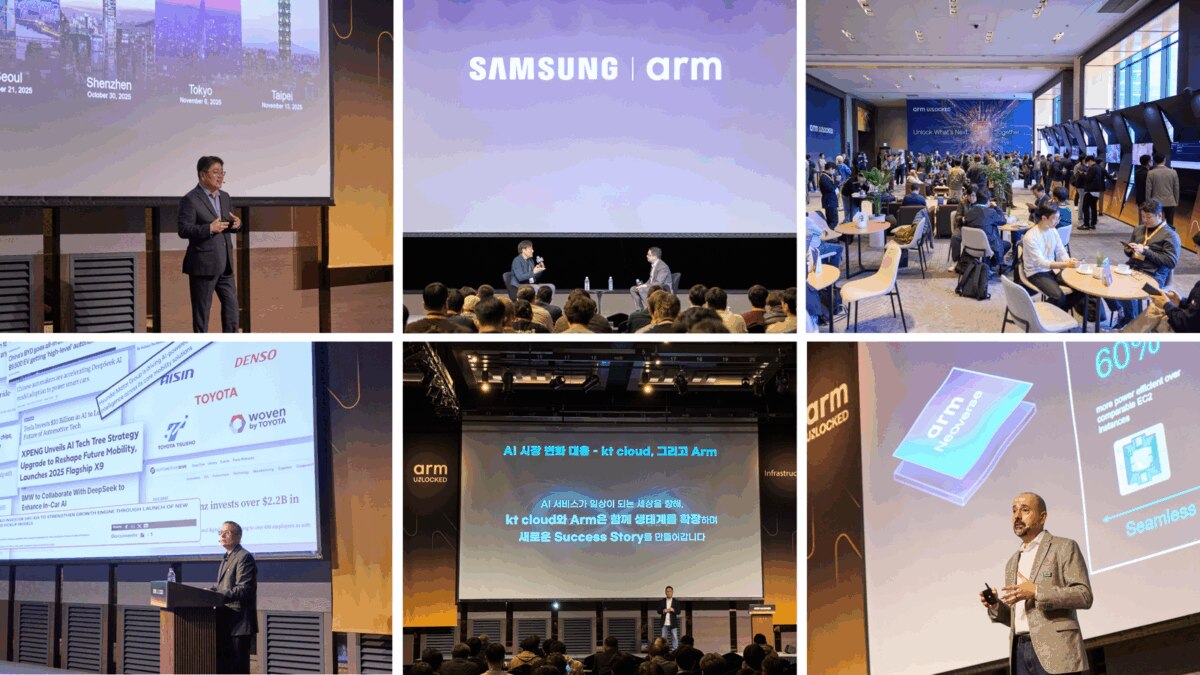
In automotive, discussions explored the shift from software-defined to AI-defined vehicles, and how Zena CSS supports OEMs with pre-verified safety and security foundations. Meanwhile, in cloud AI, Arm Neoverse CSS and chiplet-based designs demonstrated how Arm’s modular approach enables more power-efficient, flexible AI compute in the data center.
Seoul also underscored how open standards and collaboration fuel both hardware and infrastructure progress — from Arm’s recent Foundation Chiplet System Architecture (FCSA) specification contributions to the Open Compute Project (OCP) to Arm’s partnerships across South Korea’s excellent foundry ecosystem. The takeaway here is that global AI adoption will depend not on isolated breakthroughs, but on how industries collaborate around shared compute standards.
Shenzhen: Building edge intelligence at speed
The Shenzhen stop focused on how AI is increasingly moving from the cloud to the edge — closer to users, data, and real-time decision making. Discussions centered on the Armv9 architecture, which is accelerating edge AI innovation through enhanced security, performance, and scalability. Sessions demonstrated how a unified compute platform, such as the Armv9 Edge AI platform featuring Arm Cortex-A320 CPUs and Ethos-U85 NPUs as well as software tools, are making it easier for developers and manufacturers to deliver real-time intelligence with lower latency and power consumption.
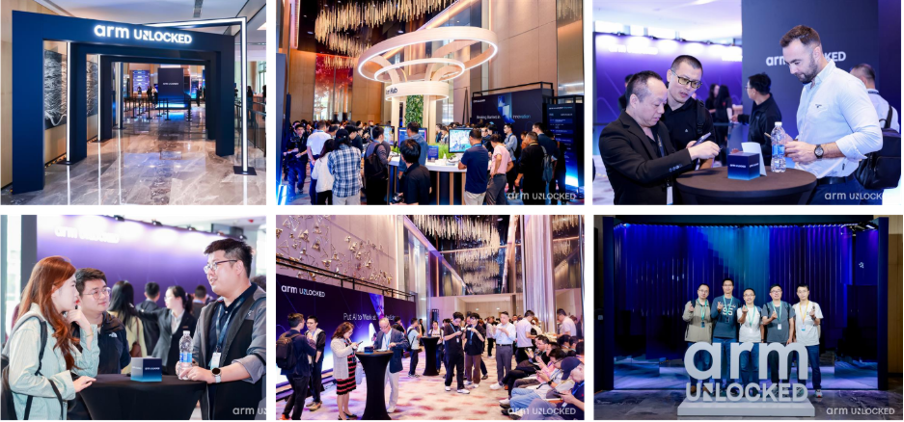
A major highlight during the Shenzhen 2025 Arm Unlocked event was the availability of Armv9 platforms as part of the Arm Flexible Access program, which will innovators low-cost, easy access to advanced AI performance and security at the edge. By lowering entry barriers, the program is enabling faster innovation across the global semiconductor ecosystem.
Tokyo: Precision, performance, and platform trust
At Arm Unlocked 2025 in Tokyo, the spotlight was on the AI-defined vehicles and how Arm platforms are helping Japan’s automotive ecosystem reimagine mobility. Sessions highlighted Zena CSS as the scalable, secure and functionally safe foundation for advanced driver-assistance and autonomous systems.

With OEMs, Tier 1 suppliers, and semiconductor partners in attendance, Tokyo underscored how collaboration and standardization are reducing complexity and accelerating time-to-market for next-generation vehicles. Conversations emphasized the role of open standards, such as SOAFEE and the FCSA, in helping to ensure that software and AI-defined platforms work seamlessly across diverse hardware and chiplet configurations.
The Arm Unlocked 2025 event in Tokyo also extended the discussion beyond the road. Neoverse CSS was highlighted as a key solution to bring greater efficiency and predictability to AI workloads in the cloud, while IoT tracks explored how Armv9 technologies power reliable, always-on intelligence across connected devices.
Taipei: Collaborating on the future of silicon
As the final stop on the Arm Unlocked 2025 tour, Taipei brought together chip designers, foundries, OEMs, and cloud providers to focus on the silicon ecosystem that underpins the AI era. Discussions highlighted how Neoverse CSS and Arm’s Chiplet System Architecture (CSA) enable faster, more modular design cycles, giving partners the flexibility to integrate specialized compute blocks without rebuilding entire systems.

Sessions also emphasized how Lumex CSS and Zena CSS share the same architectural DNA, ensuring consistent performance and scalability across consumer devices and vehicles. Additionally, with leading partners such as MediaTek, TSMC, and Amazon Web Services (AWS) in attendance, Taipei demonstrated how Arm’s open platform is enabling the next generation of AI products already in development.
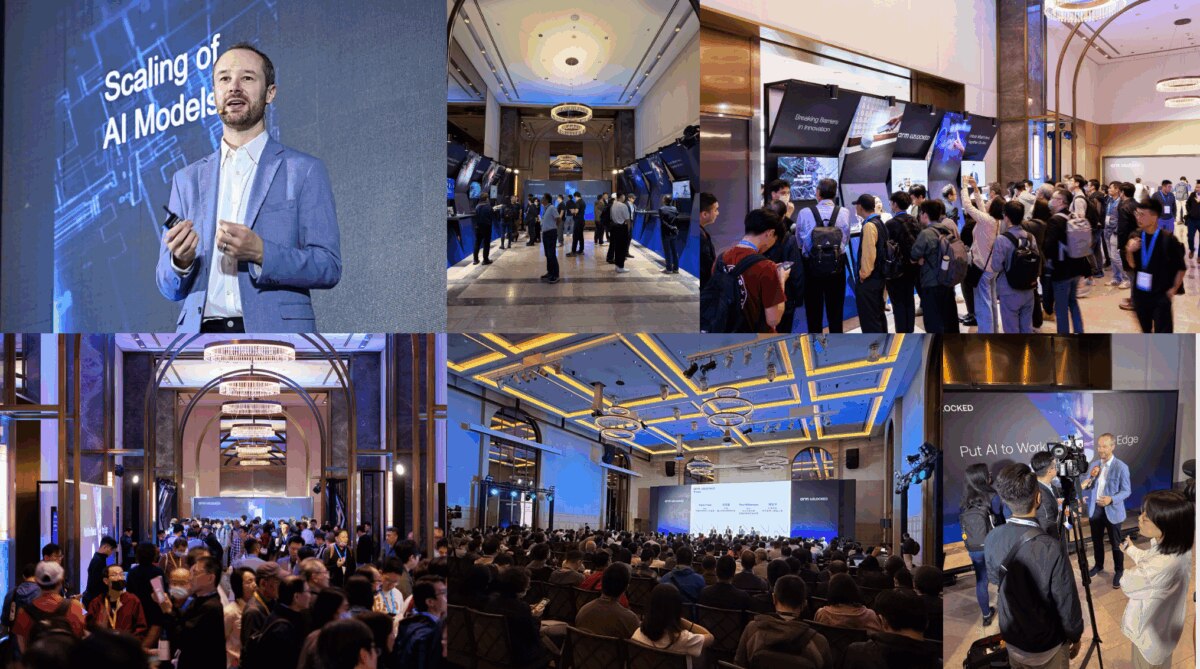
The takeaway was clear: silicon innovation now depends on shared frameworks and transparent collaboration across hardware and software. Arm’s unified compute platform is helping the global ecosystem keep pace.
Developers and the power of an open ecosystem
Developers help turn architecture into innovation — and their momentum defines how quickly AI moves forward.
Across all five cities, developer sessions showcased how SME2 and KleidiAI unlock new levels of on-device AI performance without added complexity. Together, these technologies turn the Arm CPU into a capable AI engine — delivering up to 5x faster performance and 3x better efficiency for workloads, such as speech recognition, generative text, and audio processing.
KleidiAI is now extensively integrated across leading frameworks and runtimes, like ONNX Runtime, PyTorch and ExecuTorch, LiteRT and XNNPACK. This reach enables developers to optimize and deploy optimized models and workloads quicker across cloud platforms, vehicles, smartphones, PCs, and IoT devices with minimal rework.
Arm’s standardized compute platform — spanning CPUs, GPUs, and NPUs — gives developers a stable foundation for experimentation and rapid deployment. The result is a stronger ecosystem where hardware and software evolve together, driving meaningful experiences for billions of users worldwide.
Key takeaways of Arm Unlocked 2025
Arm Unlocked 2025 showed that progress in AI is reliant on extensive collaborations across the ecosystem. Each Unlocked venue offered a different view of Arm’s unified compute platform, from product launches and developer tools to open standards and silicon design.
- The Shanghai event saw the launch of Lumex, defining the blueprint for scalable AI compute.
- The event in Seoul showed how collaboration turns that blueprint into production-ready systems.
- Shenzhen’s event demonstrated how edge AI is reshaping everyday devices.
- In Tokyo, Arm Unlocked highlighted trust and standardization in AI-defined mobility.
- And in Taipei, we brought it all together through silicon innovation and ecosystem alignment.
As Arm’s first global Unlocked series, these events proved how the company’s ecosystem-led strategy translates into measurable progress across industries. The takeaway here is simple: AI innovation moves faster on a shared foundation.
The Arm compute platform continues to connect the world’s most advanced technologies, enabling faster innovation across every domain.
Any re-use permitted for informational and non-commercial or personal use only.

